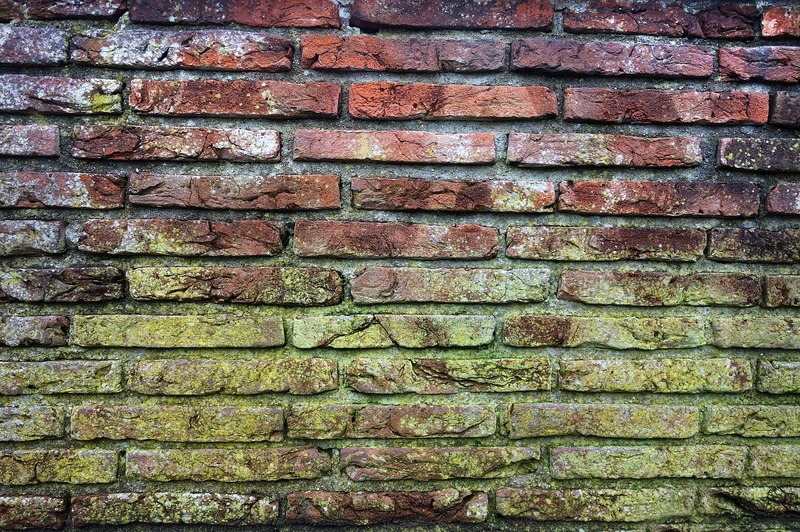Knowing at what temperature does mold die will give you an insight into maintaining humidity levels in your home. Mold typically dies in 140°F to 160°F temperatures. This article aims to help you understand mold more, so read until the end!

How Does Mold Form?
Mold thrives in environments rich in moisture; this includes water damage. Since water affects mold growth, it is imperative to attend to water damage in your house.
Wood is porous, meaning it absorbs water. Its porous characteristic makes it susceptible to mold and water damage. If you wish to learn about water damage detection, here’s an article about detecting water-damaged wood, which may be helpful.
Mold starts as spores. Then, upon making contact with a damp environment, it begins to form mold. Mold only takes one to two days to develop after getting in contact with moisture. They especially like temperatures between 77°F and 86°F and humid air.
Not all kinds of mold are toxic, but the toxic ones exude mycotoxins. Mycotoxins are severely harmful to humans and pets and may lead to immune deficiency.
Non-toxic mold can still lead to health problems. The adverse health effects of mold may lead to allergic reactions and respiratory problems.
Apart from health effects, it also affects your house’s integrity. Hence, it is safe to say that mold is a force to be reckoned with.
How to test for mold?
Placing mold via sight is the easiest way to identify them. For your information, mildew is the most visible type of mold. They begin as tiny clusters but can grow up to a large colony.
You may still need to differentiate mildew from grime, though. To test if it’s mildew, pour a few drops of bleach on the area. If the area lightens, then you are dealing with mildew.
Another way to test for mold is to use mold test kits. Although, using mold test kits won’t help identify the cause of mold.
An invasive way to look for mold is by probing the area with a screwdriver. Since some mold causes rot, a mold-affected spot would be soft. If it crumbles upon being examined, it means the wood has started to deteriorate.
Leaks lead to water damage, which results in mold growth. Hence, looking into water-damaged areas may lead you to mold-contaminated spots too.
Lastly, you can opt to have the mold tested by experts. Although, mold testing is expensive and not advised. It is better to have the mold removed as soon as possible.
How To Remove Mold
Mold spores exist everywhere, and it may be impossible to eradicate them. However, it would serve you well to know how to get rid of airborne mold spores.
Maintaining humidity levels is the best way to prevent mold. However, in the unfortunate event that you have faced with a mold problem already, then we hope this may help:
Step #1. Assess the damage
You need to consider three factors for mold removal. There is the size of mold contamination, the type of mold, and the source of mold.
The two latter factors are best evaluated by professionals, especially if water damage is involved—note the parts of your house where there is mold growth or a musty smell.
Look into the state of your walls, ceiling, and commonly water-damaged areas. After doing an initial inspection of the damage, you’ll know which professional you need to contact.
Step #2. Disinfect
There is a do-it-yourself method in dealing with mold. However, this can only be done with small clusters of mold.
You can use a bleach-water solution to remove and disinfect the affected area. Combine a cup of bleach into a gallon of water. Then, put the bleach-water mixture in a spray bottle.
Spray the bleach-water mixture on the affected surface and let it settle in. For persistent molds, use a stiff brush.
Also, you have to wear protective gear when you are dealing with mold. Wear long sleeves and long gloves, especially since you’ll use a bleach-water solution.
Don goggles as well. Goggles would prevent mold spores from irritating your eyes. Lastly, wear an N-95 mask so you wouldn’t inhale the spores.
Step #3. Contact a professional
After assessing the damage and doing what you can with the mold contamination, contact a professional. If the reason for mold growth is water damage, then call water damage experts to look into it. After the water damage has been fixed, contact a mold remediation company to get rid of the mold.
At what temperature do mold and mildew die?
Molds are heat-sensitive, and it’s understandable considering the environment they grow in. To be specific, they die at temperatures 140°F to 160°F.
Exposing those that have been affected by mold under the sun has been proven to kill them. The sun’s UV light only takes one to two hours to kill mold.
It is possible to eradicate mold on fabrics or furniture using UV light. However, it may be difficult for the rooms inside the house. For rooms, your best bet is to keep them well-ventilated.
Conclusion
Mold is troublesome to deal with, but it is not invincible. There are ways to identify and get rid of it. You can start with the question of at what temperature does mold die and end with mold removal.
